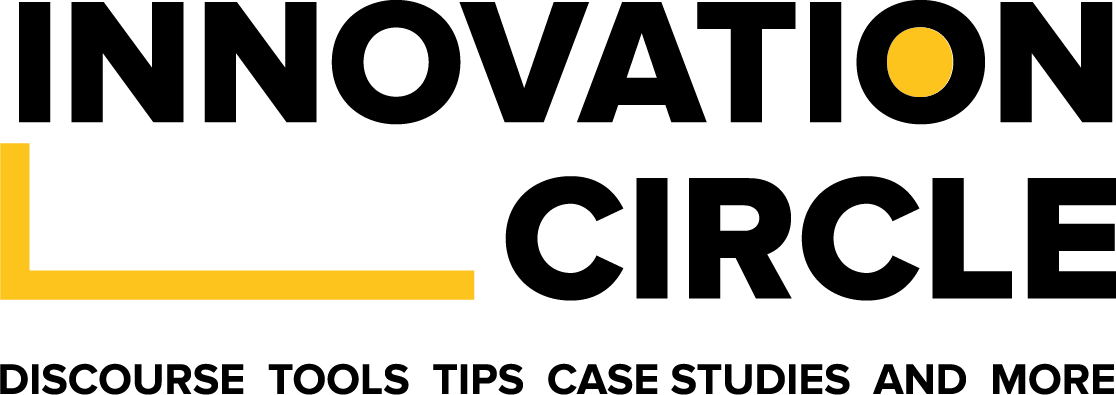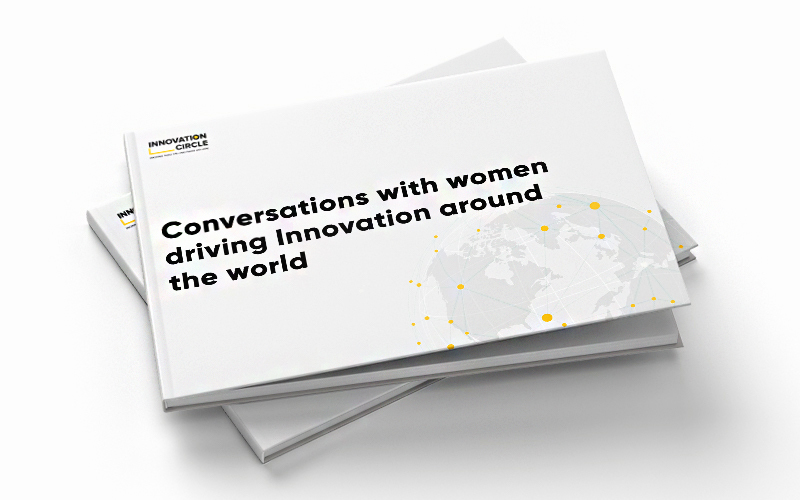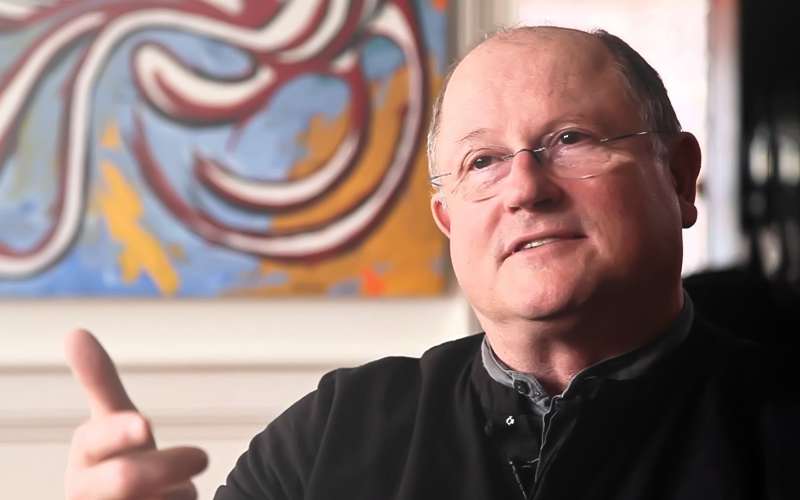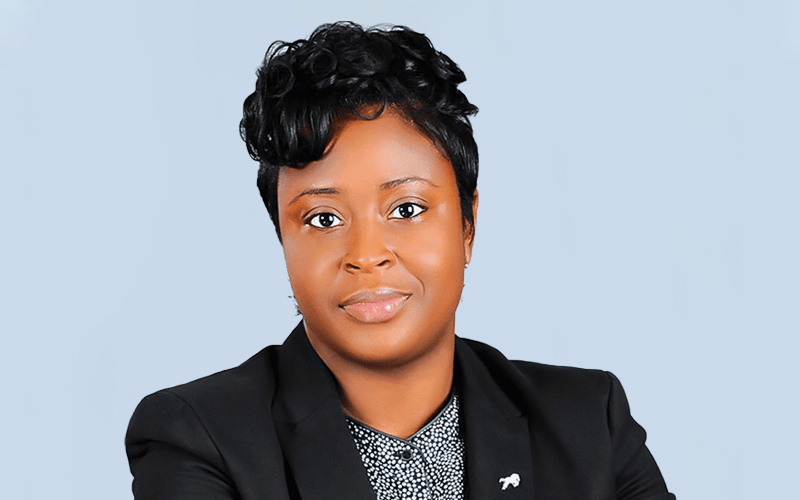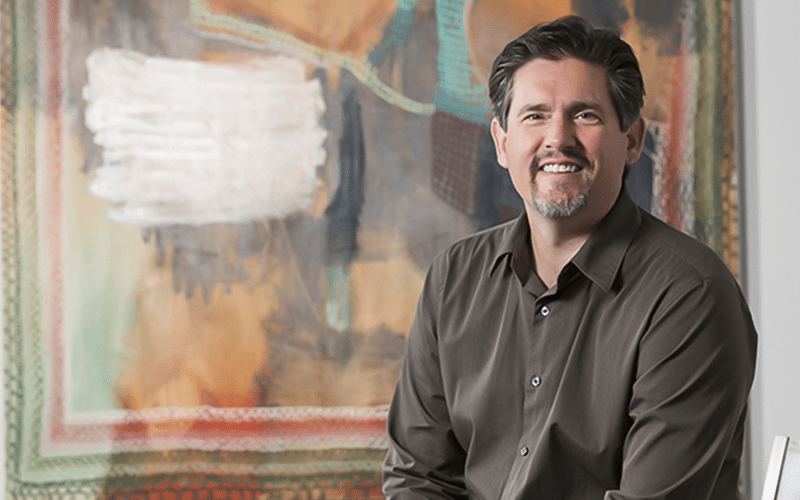
A Conversation with Scott Boylston, Sustainable Design Expert and Social Entrepreneur
“People hear the word innovation, and they immediately think: iPhone, AI, VR, etc.”
Sustainable Design and Innovation Expert, Scott Boylston shares with us how businesses can innovate and profit, from the lesser-known approach of social innovation and sustainability. He gives examples of companies doing this and sheds light on what innovation truly is-beyond just technology
Tell us a little bit about your journey to your current position as Graduate Coordinator of the Design for Sustainability Program at Savannah College of Art and Design (SCAD). What led you onto this path of innovation?
It’s been an interesting path that has included everything from writing fiction and designing sustainable surfwear, to creating package design for luxury cosmetics and facilitating change in how professional groups perceive the value of construction waste.
The big driver for me has always been a deep and active curiosity that’s manifested itself in the interplay between the tiniest and most transient of expressions and the broadest and most complex of contexts.
Innovation generally starts with questions; why are things the way they are, and what keeps them in that state even when imperfections are obvious, abundant, and even fundamentally problematic? We’re a strange species; while our desire for change is constant, dysfunctional habits whose detrimental impacts are on full display can remain sacred and ingrained.
“Innovation generally starts with questions; why are things the way they are, and what keeps them in that state even when imperfections are obvious, abundant, and even fundamentally problematic?”
In my transition to teaching design, I’ve focused on exploring how the value of innovation is determined not by the innovation itself, as much as by what it is perceived to be. As we teach it in SCAD’s Design for Sustainability program, design is understood as the creative potential to create conditions for sustainable innovations to burst forth from any given context.
“design is understood as the creative potential to create conditions for sustainable innovations to burst forth from any given context.”
What are your thoughts on design and innovation (particularly in the area of sustainability) as it is currently around the world?
People hear the word innovation, and they immediately think: iPhone, AI, VR, etc. These are all great forms of innovation, but when almost 100% of our population thinks about technology when they hear the word innovation, we’re way out of balance.
“People hear the word innovation, and they immediately think: iPhone, AI, VR, etc. These are all great forms of innovation, but when almost 100% of our population thinks about technology when they hear the word innovation, we’re way out of balance.”
With so much emphasis on technological innovation, humankind’s ability to keep up with all of that technology’s unintended consequences is lagging disturbingly behind. We need to turn our attention to social innovation—innovating the ways in which we work together; the ways in which we explore shared futures of abundance and equity through generative conversations.
That doesn’t necessarily mean slowing down technological innovation as much as informing it with deeper, inclusive, and future-oriented intentions. When you’re driving a car at 20 kilometers per hour you have plenty of time to react to unforeseen complications in front of you. When you’re traveling at 120 kilometers per hour your response time has to be faster if you want to survive.
The rate of technological innovation continues to accelerate at an astonishing rate, and it’s out-scaled our human ability to respond to unanticipated repercussions. Yet we consistently neglect to focus on the character of the human dynamics that could infuse human-scaled and human dignity-oriented quality controls into this technological deluge.
What are your key responsibilities as a Graduate Coordinator, Design for Sustainability program at SCAD?
My great honor in this life is to help guide young, creative, and deeply caring individuals through a journey of discovery into how their passions can manifest themselves through sincere, curious, and rigorously impartial explorations of complex situations.
I co-founded the Masters’ program a decade ago and teach many of the classes, as well as mentor the students through their everyday challenges and epiphanies, including thesis development, internships, community interactions, and professional development; you name it. I also recruit young and justice-oriented individuals who are seeking ways to make a visible difference in other people’s lives.
How would you define innovation based on your vast experience in the sphere of design?
Our program talks about a three-pronged approach to innovation: Mind, Matter, and Society (see image).
When we speak of ‘mind,’ we focus on people’s mindset or worldview. Paradigms matter. In systems thinking, the purpose of any system defines the interaction of its elements, and in societies, our worldview—what we cherish; what we emphasize in our daily lives, either explicitly or tacitly; what we deem normal or abnormal; acceptable or unacceptable; just or unjust—determines everything else.
The ‘matter’ part of the equation explores the materiality and technology of our rapidly changing world. This covers what most people think of when they hear the word innovation, and from a sustainability perspective includes everything from renewable and distributed energy production to circular and re-localized flows of material goods, and from economically just forms of finance and banking to open source software and hardware.
And the ‘society’ part focuses on social innovation; participatory and iterative human interaction with a shared vision of a common future. The idea is to activate different aspects within each realm of innovation when considering how a context-specific solution can enhance the social, cultural, environmental, and economic conditions of that situation.
We see these forms of innovation as if they were items on a tapas menu; pick a few from each category that are most appropriate for the occasion and create the most sustainably savory of combinations. You don’t have to be an expert in each one. What you need to do is seek a nuanced understanding of the breadth of any context—in place, and over time—and apply a suite of strategies that most effectively generate both change and the conditions for further change.
Do you run workshops for Ideation, Planning or Problem Solving? If so, how do you go about them?
We do run a lot of workshops. Most of them are catered specifically to the context of the situation. They emerge from our human-centered research, and they are generative, in that we run a series of them to create a cascade of learning that includes those we work with throughout.
We’re very keen on framings such as Theory U and transformative scenario planning that allow groups of people to leave behind past assumptions of what’s possible and what’s not. We believe storytelling can weave contrasting views into a harmonious tapestry. We focus on ‘getting the system into the room.’
And we look at the opportunity much like organizations like Reos Partners, Roller Strategies, and Bridgeway Partners, although we are approaching it from a designing and design-thinking perspective. This would include adapting self-organizational workshop approaches like frog’s Collective Action Toolkit, and the Thinking Wrong, which adds elements of surprise and playfulness when the situation allows for it.
What factors should one consider when designing for sustainability?
A focus on long-term consequences of seemingly attractive short-term solutions, as well as exploring potential unintended consequences of actions is one.
Considering the value of prototypes that test assumptions even as they pave the way forward is also important.
Systems thinking is always considering the interdependence of all elements and placing special focus on the quality of information flows, and the power asymmetries that are either visible, invisible, or hidden.
Julian Agyemen has observed that you can’t retrofit social justice, and so this is essential too; if you don’t bake social justice into the process from the beginning, it will always slip off the agenda.
How important and relevant is sustainable design for businesses?
It’s becoming more and more relevant every day due to the shrinking resources on our precious planet and the increasing appetite for a materially wealthy lifestyle.
We’re running up against some real limits, and the global corporations have understood this for a while. But we are also moving into an era of higher demands for accountability and sustainability from consumers.
There’s an increasing risk in business as usual, not only from changing consumer mindsets, but from regulatory changes, and from upstarts that are diving into social entrepreneurship with a passion and a commitment to doing things right.
Which companies do you admire most for their approach to innovation? Can you share what caught your attention about their approach?
Patagonia’s new mission statement is simply this; “We’re in business to save our home planet.” No mincing words, and cutting to the quick when it comes to what, in the end, makes the difference between a hospitable planet, and a life of toil in an uncertain landscape: vibrant ecosystems that are solely responsible for our ability to thrive.
Their approach is systemic; it looks at their value chain and asks who contributes and what do they receive in return; what ecosystems are compromised, and how might they be restored and regenerated in return. They look at sustainable innovation holistically and rigorously, and with care and respect for all that bring value into their business sphere.
Companies that have innovated material sustainability like Method and Pangea Organics due to their commitment to sustainable material innovation have created opportunities for others to follow that same path with less risk.
Mud Jeans has disrupted the denim market with circular concepts that can reconfigure the reverse logistics for textiles. There are many companies that have embraced an ‘we’re all in it together’ attitude.
There are new ones every day that raise the bar and reveal just how unimaginative and un-innovative companies that still rely on exploitation of people and natural resources really are.
What advice would you give to professionals looking to improve their career in sustainable design, strategy or innovation leadership?
Find the passion inside you to build innovations that celebrate our deep interconnectivity with all of nature, including your fellow humans, no matter how seemingly far removed they are from your process.
If you define success by this measure, you’ll be surprised just how exciting your exploration of innovation can be. It’s simply a matter of reframing the basic challenge you’re confronted with. There are regenerative feedback loops that exist everywhere, but if we don’t feed them, they remain dormant, and thus, unseen.
When we tap into these kinds of energy flows, they almost always kick start an increase in positive energy that benefits us all. This is not only the way to operate; it’s a way to present the power of your own design contributions to potential clients.
“Find the passion inside you to build innovations that celebrate our deep interconnectivity with all of nature, including your fellow humans, no matter how seemingly far removed they are from your process.”
What #innovationmoment are you most proud of in your role in the Sustainability Program at SCAD?
It actually involves DODO’s founder! Our SCAD team was invited to participate in a Rockefeller Foundation effort by Pyxera Global to reduce post-harvest loss of tomato crops in northern Nigeria.
The deep contextual fieldwork we facilitated—conducted in large part by Susan Onigbinde and another SCAD alumni—helped us identify a design opportunity in creating a facilitation tool for smallholder farmers and their business partners along the supply chain to access more value from the tomato supply chain before the post-harvest losses occurred.
The project—an interactive, multi-stakeholder tool designed to create generative dialog around shared value creation—resulted in a train-the-trainer program across northern Nigeria and has become a model for similar initiatives in other parts of the world.
Your new book: “Designing with Society”, talks about a new culture of design that’s emerging and how designers/design agencies can leverage them along with the set of competencies the book introduces, to begin to effect lasting change on our world and its future. How could this incredible concept be infused to businesses today, especially to drive growth?
The book Designing with Society presents a detailed, and hopefully compelling, case for designers to adopt Amartya Sen and Martha Nussbaum’s Capability Approach to Human Development into their design thinking mindset.
The basic principles of the book can help businesses reconsider their role in society altogether.
It can help them adopt a mindset that challenges them, for instance, to ask questions about the ability of people along their supply chain to do and to be what they have reason to value. And this, in turn, might help them discover how new opportunities arise not simply through a value chain that enhances human integrity along its full course, but within it as well.
